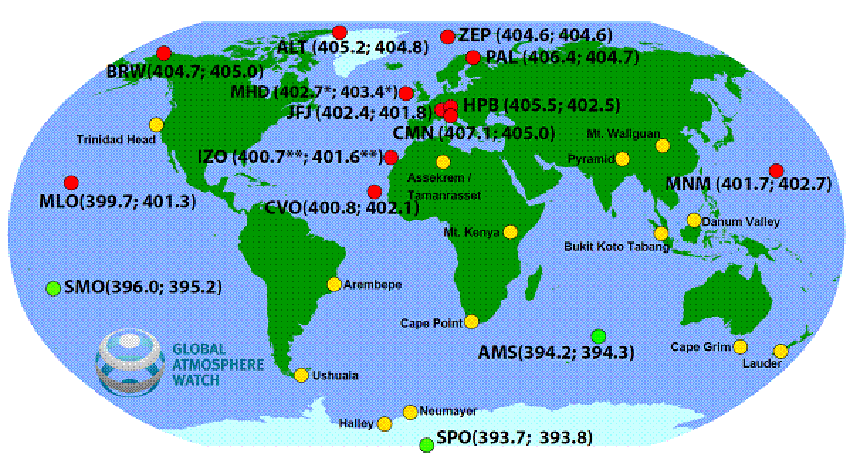Beth Mole

All Stories by Beth Mole
-
 Environment
EnvironmentReplacement ‘plastic’ may be as risky as BPA
Bisphenol chemicals are the basic building block of many common plastics. Some governments have banned BPA from baby bottles. But mounting evidence suggests that its replacement, BPS, may be no safer.
-
 Microbes
MicrobesClouds may be dining cars for some germs
Scientists had known microbes could hitchhike across and between continents on clouds. New research now shows that some germs don’t just treat clouds as a high flying jet, but also as a cafeteria.
-
 Environment
EnvironmentSpidey sense: Eight-legged pollution monitors
Spiders that prey on aquatic insects can serve as sentinels that naturally monitor banned chemicals that still pollute many rivers across the United States.
-
 Environment
EnvironmentThirdhand smoke poses lingering danger
The pollutants in cigarette smoke can linger indoors for hours. Indeed, they may pose risks long after any visible smoke is gone.
-
 Environment
EnvironmentWatering plants with wastewater can spread germs
Recycled waste water may slake the thirst of outdoor plants. But it also can spread bacteria, a new study finds — germs that antibiotics may not be able to kill.
-
 Environment
EnvironmentSeeing red: North’s CO2 hits new peak
CO2 values are now 50 percent higher than before the Industrial Revolution.
-
 Animals
AnimalsSharks become science helpers
Jaws may scare beachgoers. But sharks bring a smile to some environmental scientists, who are using the toothy fishes to collect data on the ocean.
-

-
 Animals
AnimalsKoalas’ very deep voice
Serenading males can sing some surprisingly low notes, and scientists have just uncovered how they do it.
-
 Chemistry
ChemistrySelf-forming envelope holds fluids
These plastic-laced water molecules can create their own protective shell. That can make capsules for holding drugs or for hosting chemical reactions.